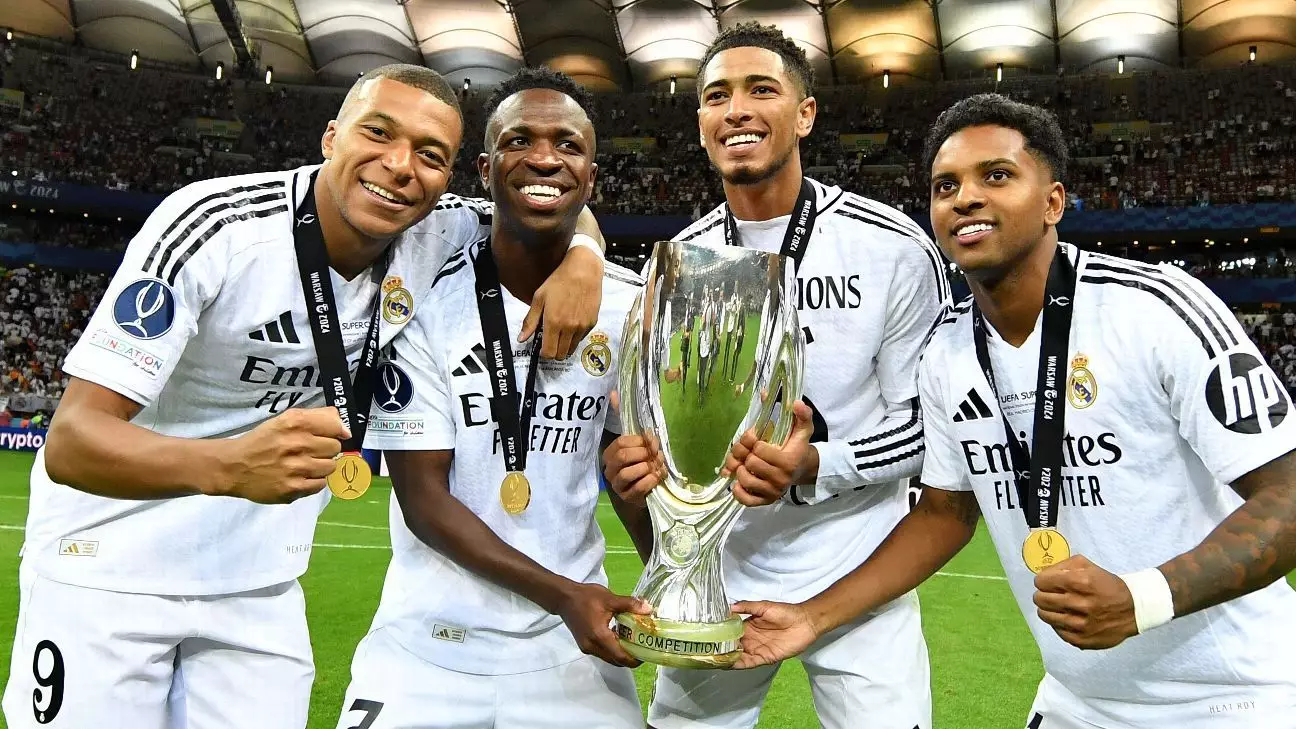The FIFA Club World Cup is set to escalate in intensity and scale in 2025 as it transitions into a 32-team tournament spanning 63 games. As the governing body for soccer details its regulations, significant questions arise about the implications for players and clubs, particularly regarding player welfare, scheduling conflicts, and ownership issues. With the tournament kicking off on June 15, 2025, key elements of FIFA’s new rules could create unforeseen challenges for all participants.
One of the most pressing issues surrounding the upcoming Club World Cup is the timeline imposed by FIFA, demanding teams arrive in the United States three to five days ahead of their opening matches. This schedule presents a potential problem for international players, as they may face a grueling series of matches between the end of club seasons and the commencement of international fixtures leading up to the tournament. Specifically, an international break is scheduled from June 6 to June 10, raising concerns about player fatigue. Managers such as Pep Guardiola and Carlo Ancelotti have already voiced their trepidations regarding the strain that excessive match schedules can place on player health and performance.
The predicament becomes more pronounced for those participating in both club and international tournaments. Players might find themselves transitioning from decisive Champions League finals to national team duties, only to prepare for the Club World Cup shortly thereafter. This condensed timeline between high-stakes competitions leaves little room for rest or recovery.
FIFA has established strict regulations around player deployment during the Club World Cup, mandating teams field their strongest line-ups and face fines for failure to comply. These measures reflect FIFA’s commitment to maintaining tournament integrity. However, it raises significant concerns regarding roster management and team strategy. Coaches must now navigate complex decisions about player utilization without risking financial penalties or tournament eligibility.
Clubs are also required to finalize a squad of 26 to 35 players, with specific transfer windows designated from June 1 to June 10. This stipulation aligns with FIFA’s aim to maintain competitive balance but could complicate player transitions, particularly for those who are pending free agency. Renowned players, such as Kevin De Bruyne and Joshua Kimmich, may find themselves in unique situations where they are contractually tied to one team while also preparing to compete for another, leading to a clash of interests.
The Club World Cup’s scheduling amidst the expiration of player contracts on June 30 further complicates transfer dynamics. FIFA’s initiative to permit an exceptional transfer window attempts to alleviate these concerns, allowing clubs to sign players who are otherwise free agents. Thus, a player might participate in both the Champions League final and the Club World Cup wearing different jerseys—the potential for drama is compounded by the prospect of entering negotiations with other clubs while representing their current team.
The ability for clubs to change their roster mid-tournament from June 27 to July 3 introduces additional unpredictability. Teams may replace contracted players who might have expiring contracts, but this strategy comes with restrictions. Players can only represent one team in the tournament, limiting options and creating a logistical challenge.
Despite the rigorous planning and regulations, FIFA has yet to disclose vital details about tournament prize money or the anticipated draw scheduled for early December. The lack of clarity can create apprehensions among participating teams, particularly as they prepare for a significant tournament that promises increased visibility and financial incentives. The last team to qualify from South America will emerge in late November, adding even more allure and competition to the club landscape.
Moreover, the decision to include clubs like Inter Miami, based on regular-season performance rather than waiting for the MLS Cup final, indicates FIFA’s commitment to enhancing the spectacle and inclusivity of the tournament. This inclusion invites further scrutiny regarding fairness and the criteria set by FIFA for selecting clubs—decisions that will resonate widely within professional soccer.
As the 2025 FIFA Club World Cup edges closer, clubs, players, and coaches are left grappling with the implications of a schedule that pushes the boundaries of player welfare and operational logistics. With intense match schedules, stringent regulations, and evolving player transfer rules, FIFA must confront criticism while ensuring the integrity and excitement of the tournament remain intact. The upcoming months will be crucial, as all stakeholders assess and adapt to these challenges across the global soccer landscape. The potential stress on players highlights the need for a reevaluation of scheduling protocols to enhance the competitive spirit and health of the game.
